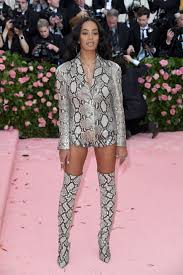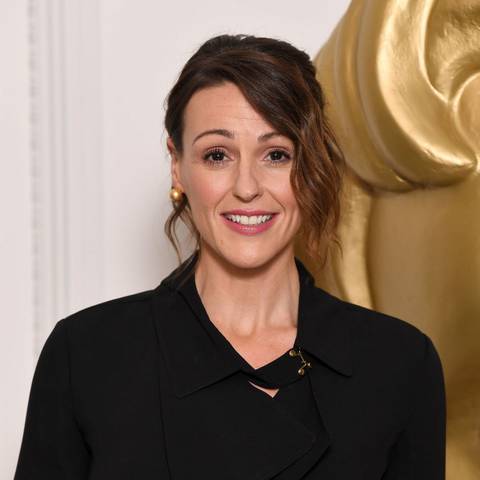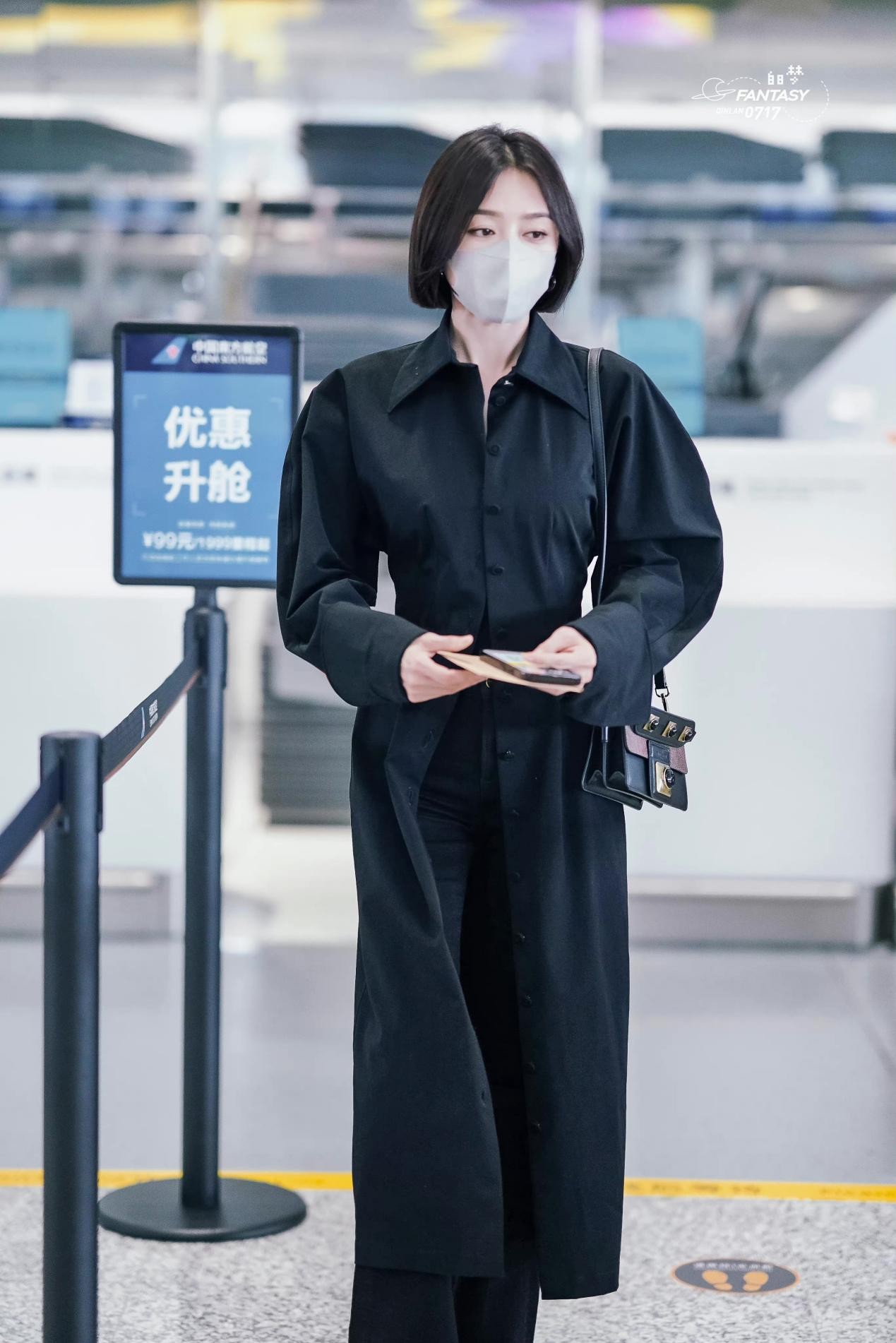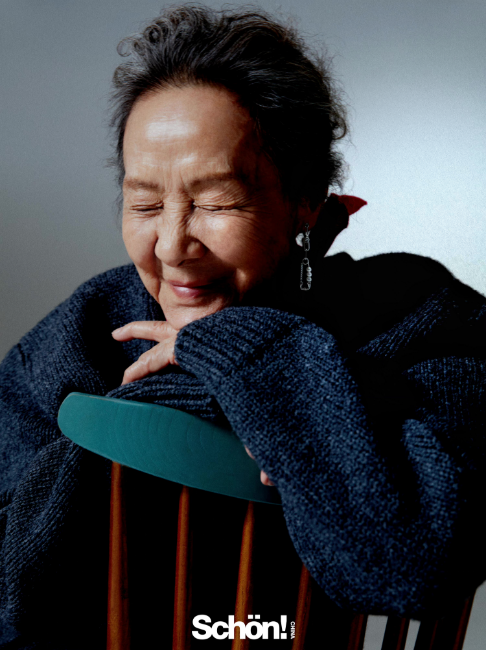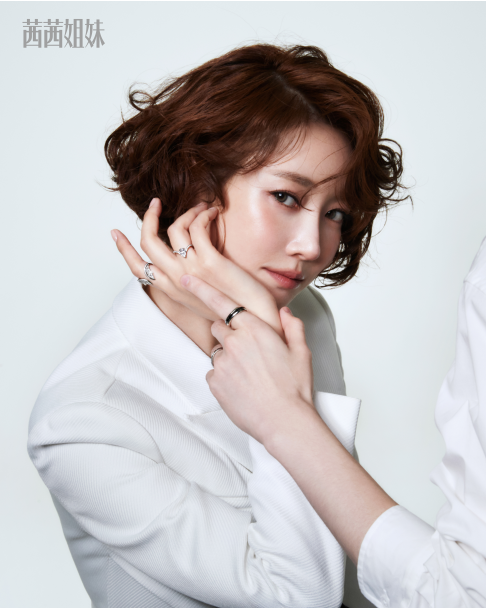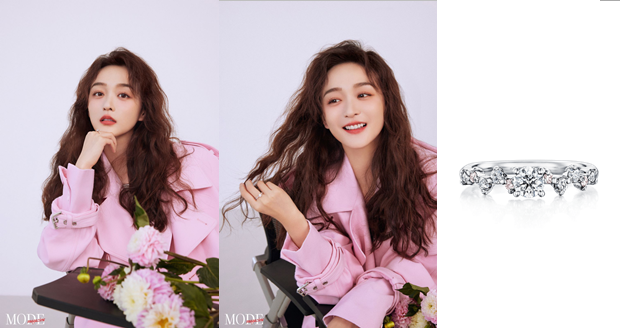How wearing the right colours can make you look younger
There"s no antidote to ageing,this we know to be true.But when it comes to our wardrobes, small miracles can be performed viaclothes that flatter, and thus make you look and feel more youthful.Equally, there are clothes that are, due to afrumpy cut, unfortunately "ageing", and are best avoided.
But the water here is murky.A dress that looks good on one woman in her fifties may well be less-than-kind to another in the same age bracket.For this reason,colour is one thing that we can all count on.
""Its personal to the individual and its actually based on science,"" explains Helen Venables, managing director of colour analysis and styling service House of Colour.""We find younger attractive.And that comes down to finding a healthy mate to get your genes out there.Young people have clear skin, obviously its smooth and there areno wrinkles.There is also contrast, usually, between hair, eye and lip colour.And as we get older, all of that fades.Eyecolour getssofter, skin gets thinner and capillaries and blemishes are easier to see, elasticity goes in the skin and hair gets lighter.So that contrast is disappears,"" she continues.""Your face, hair, eyes and skin are a collection of colours, and because of the way one colour affects the way a colour sitting next to it looks -which is why you"ll often hear of "complementary colours" -wearing the right colours - and recreating that contrast -can smooth out blemishes.Wrinkles can literally appear to disappear.""
With Venables" promise that wearing the right hues can make 10 years difference, we"re all ears.Here are her top tips for using colour to your advantage.
Everyone can wear true redIf you"re someone who has lived their life avoiding the colour red at all costs (maybe you were once told it washed you out or drew attention to the redness in your skin)youhave been doing so unnecessarily.""Everyone looks good in true red.Primary red,"" says Venables.""Red is the centre of colour, and every other colour has slightly more yellow or sightly more blue in it.So red works on everybody.""
Tread carefully with black""Black is an interesting one,"" says Venables.""It"s not a colour, and it absorbs light, which is the reason it pulls away from people"s faces.Generally it"s a good one to avoid as we get older.""
Find your shadeThose who have been told in the past - either by a very honest friend or a stylist - that they should avoid wearing one of their favourite colours entirely can breath a sigh of relief.""There are shades of everything for everybody,"" says Venables.""Everyone can wear green, everyone can wear blue, everyone can wear pink, everyone can wear purple.It"s just whether that"s a bright one or a soft one, or whether it"s got more blue or more yellow in it.Finding the right white for you is also very important.""
Know you neutralsSpeaking of white, Venables emphasises the importanceof learning how to use neutrals, and knowing which neutrals are your best.""Some people look fabulous in black, charcoal, grey, white and all of that contrast,"" she says.""Others will look lovely in beige.Think about how chic some people look in beige and how awful others look in it!So it"s key to understand which neutrals are best for you - and then how to add colour.""
...And what season you are""We split colours into four seasons,"" says Venables, explaining how each House of Colour client is given a season, as it were, to indicate which colours, and indeed variations of a colour, they should gravitate towards.""For our "summers" and "autumns", we suggest muted, softer colours, and also dressing in shades of a colour.So tonal dressing works very well for them generally,"" she says.""Whereas "winters" in particular, need blocks of contrasting colours, and "springs" need splashes and dashes of colour, so, say, a brightly coloured tote bag.

